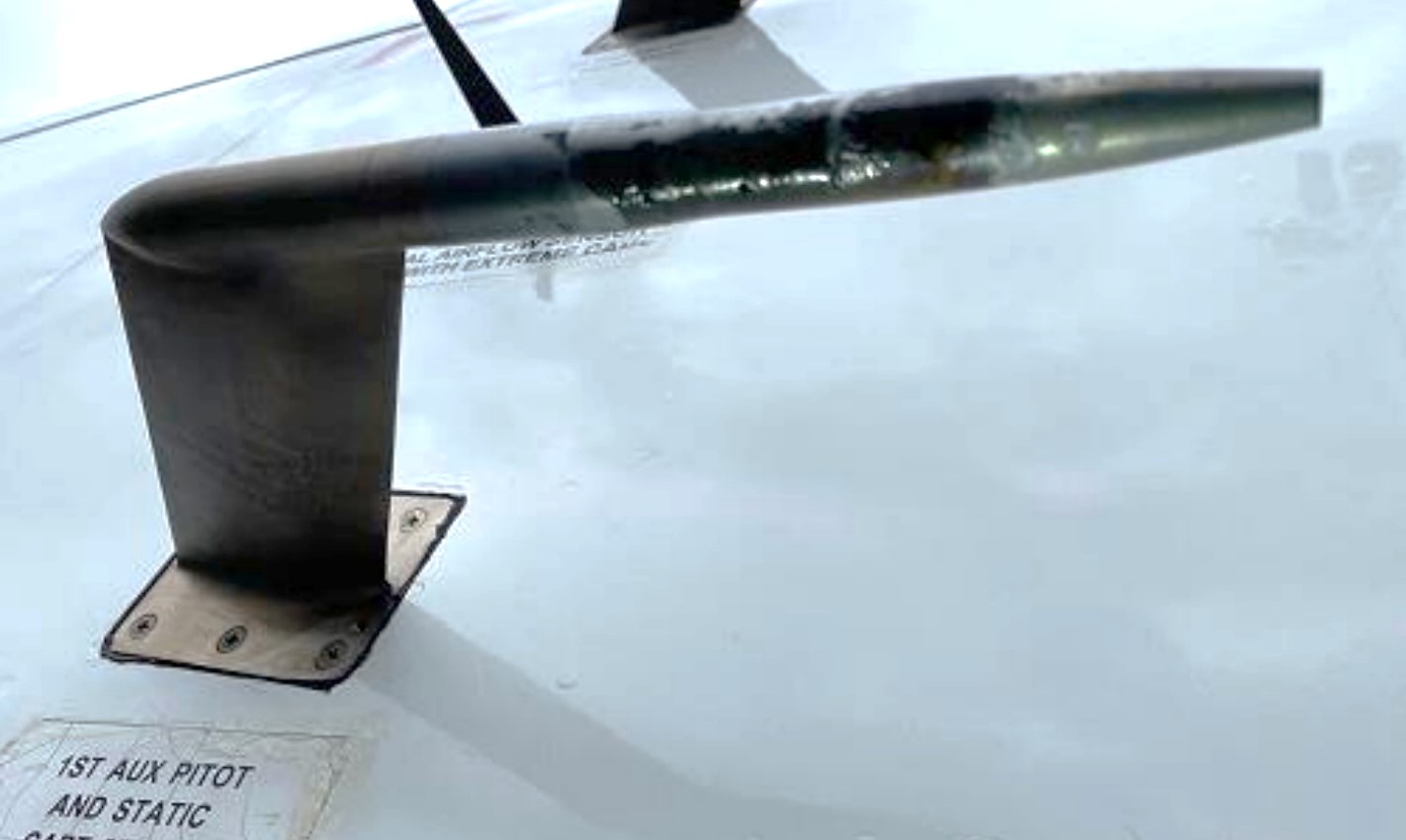
Contaminated Pitot Tubes Cause Unreliable Airspeed on 737 Freighter
- 737 freighter returned to Perth after flight crew observed discrepancy between altitude and airspeed on the pilot and co-pilot”s indicators.
- Investigation found that covers on the aircraft”s pitot-static probes had melted during maintenance.
- Although the probes were cleaned, residue was found on probes after flight.
- Incident highlights importance of maintaining high level of attention to damage and contamination when working on and inspecting these components.
The flight crew of a 737 freighter were presented with unreliable flight data information two days after the aircraft”s pitot probes were contaminated during maintenance, an ATSB investigation details.
The Airwork-operated Boeing 737 freighter, with four crew on board had departed Perth on 10 June 2022 for a freight service to Christmas Island, via Port Hedland.
As the aircraft was levelling off at 33,000 ft, the flight crew observed a 340 ft discrepancy between the altitude displayed on the captain”s altimeter, and the altitude on the first officer”s altimeter, which was connected to the autopilot.
The flight crew also observed discrepancies between airspeed and Mach numbers.
After descending to 30,000 ft and working through the relevant quick reference handbook, the flight crew established the first officer”s indications were reliable, and advised air traffic control of a need to return to Perth.
After an uneventful landing in Perth, ground crews found foreign residue adhered to the lower surfaces of all four of the aircraft”s pitot-static probes.
“The ATSB established that, during an engine ground run 2 days prior to the incident, the pitot‑static probe covers were not removed, and the automatic pitot heat was not isolated as required by the ground run procedures checklist,” said ATSB Director Transport Safety Kerri Hughes.
“As a result, the covers melted onto the probes. Although cleaned, residue remained on the probe surfaces, which had the potential to compromise the accuracy of the pitot-static instruments in-flight.”
However, as seven flights had been completed between the ground run and the incident flight with no altitude discrepancies reported during this time, the ATSB was unable to a establish a link between the remaining residue and the flight.
Irrespective, pitot probes are extremely sensitive to damage and disruption.
“Data received from an aircraft”s barometric air data sensing instrumentation components is critical for safe flight, and this incident highlights the importance of maintaining a high level of attention to damage and contamination when working on and inspecting these components.”
The ATSB report also notes the flight crew did not notify air traffic control of the altitude discrepancy of 340 ft.
“This discrepancy exceeded the 200 ft maximum allowed altimetry system error for the reduced vertical separation airspace in which they were operating,” Ms Hughes said.
“Flight crews need to advise air traffic control of altimetry system errors, so adequate vertical separation with other aircraft can be assured.”
Since the incident, the maintenance organisation has undertaken several procedural initiatives to reduce the likelihood of melted pitot-static probe covers in the future, including replacing the polyvinyl chloride covers with high temperature resistant Kevlar covers.
/Public Release. This material from the originating organization/author(s) might be of the point-in-time nature, and edited for clarity, style and length. Mirage.News does not take institutional positions or sides, and all views, positions, and conclusions expressed herein are solely those of the author(s).View in full here.







































































